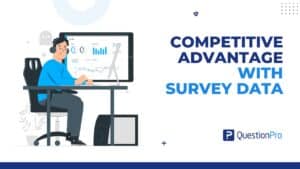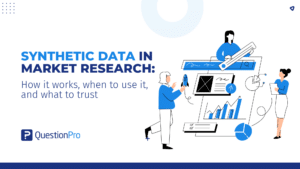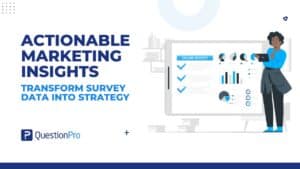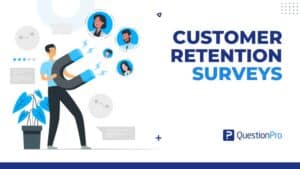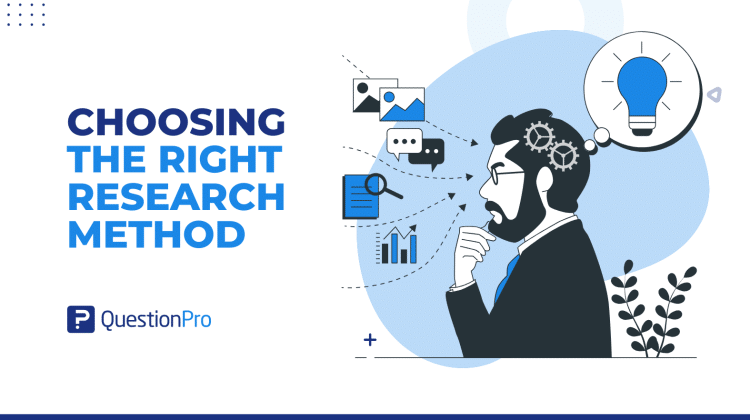
When it comes to research, there’s no one-size-fits-all approach. In a recent session, Chris Robson, VP of Managed Services, and Dan Fleetwood, President of Research & Insights, went head-to-head (in the friendliest way possible) to help researchers navigate the often tricky decision of which research method to use, and when.
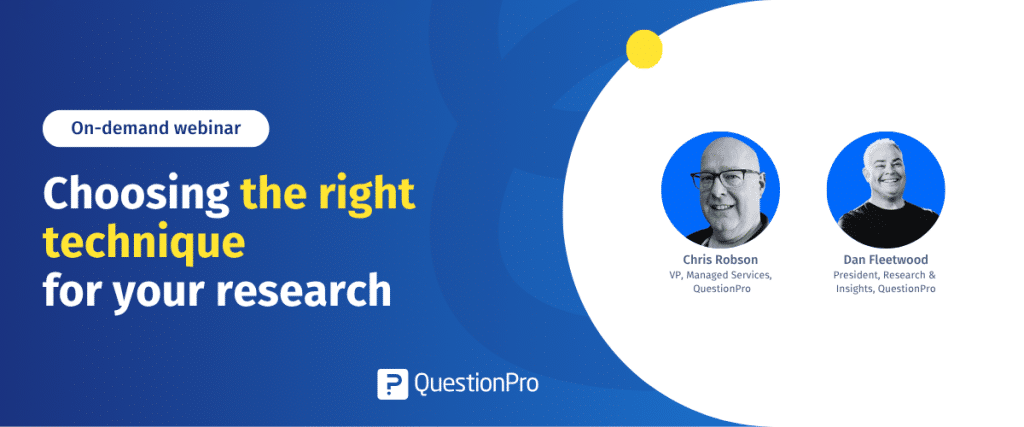
The big Question: What’s the best research method?
Spoiler alert: there isn’t one.
Chris and Dan both agree that the right method depends on what you’re trying to achieve. Are you exploring a problem or validating a solution? Are you looking for depth or generalizability? The research landscape is rich and nuanced, and choosing the wrong tool can mean missed insights—or worse, misleading ones.
They broke it down into three critical considerations:
1. What’s your business question?
Before choosing a method, clarify your objective. Are you trying to:
- Understand why something is happening? → Qualitative methods like interviews or focus groups might be best.
- Measure how often something is happening? → Go quantitative with surveys or analytics.
- Predict future behavior or preferences? → Consider choice-based modeling like conjoint or MaxDiff.
Chris pointed out that many teams jump into data collection too quickly. But unless you have a clear question, even the most sophisticated method won’t help you make better decisions.
2. Where are you in the product lifecycle?
In the early stages, you need exploratory insights: understanding pain points, unmet needs, and emotional drivers. Here, open-ended methods shine.
Later, as you move toward launch or optimization, you’ll want structured data that helps you prioritize features or messaging. This is where quantitative methods come in—especially ones that let you simulate real-world trade-offs.
Dan emphasized the importance of layering methods: starting with qualitative to frame the problem, then using quantitative to scale and validate. “The magic,” he said, “is in combining the methods, not choosing one over the other.”
3. How much confidence do you need?
Chris gave a great analogy: if you’re making a billion-dollar decision, you want statistical rigor. But if you’re deciding between two design prototypes for an early-stage MVP, speed and directional insights matter more than p-values.
In other words: don’t over-engineer your research. Match the method to the risk and scale of the decision.
Bonus: When not to do a survey
This came up a few times, sometimes the answer isn’t a new method but better judgment.
“Surveys aren’t magical,” Dan noted. “If you ask bad questions, you get bad data.”
Chris added that a lot of insights come from just talking to customers. A well-run interview can sometimes uncover more than a 30-question survey ever could.
Final thoughts
The research landscape is vast—and powerful. But only when used with intention.
If you’re a researcher, product manager, or curious executive trying to make smarter choices, this conversation is your roadmap. Chris and Dan don’t just debate methods—they help you think more strategically about research itself.
To make this process easier, QuestionPro provides built-in tools that help you catch low-quality responses before they impact your results. From fraud detection and geo-validation to AI-powered response scoring, our platform is designed to support cleaner, more trustworthy data from the start. Learn more about how QuestionPro helps ensure data quality.




